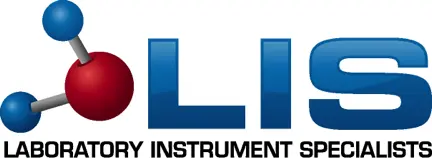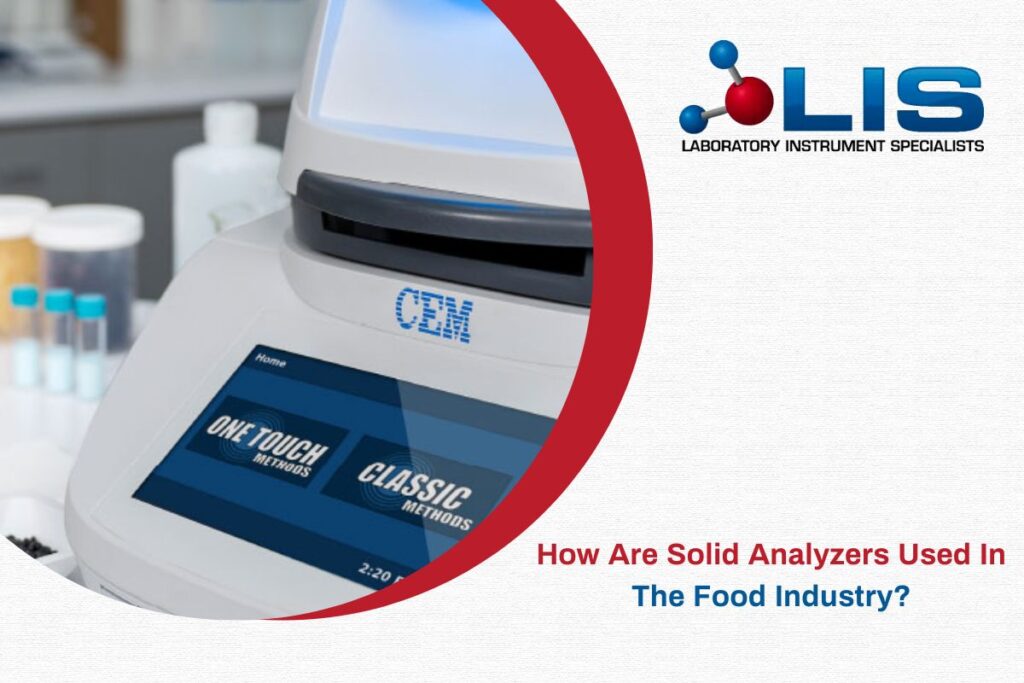Regulating the food industry is important because it ensures the safety and nutrition of the foods that are sold in stores. Part of making sure that foods are shelf stable, safe to eat and within compliance of regulations, is balancing their moisture content. For that reason, the food industry makes use of solid analyzers to optimize their production processes. But how do they do that big job? Keep reading to find out.
What are Solid Analyzers?
The goal of a solid analyzer is to determine the content of certain nutrients in a food item. That includes fat and protein, but it can also measure the level of specific allergens, making sure foods are safe for consumers and that they are getting what the nutrient label proclaims. Other uses include the following:
- Quality control
- Recipe development
- Cost control
- Research and development
So, the question remains. How does the device measure this important data?
Moisture Content
For purposes of quality control, a solid analyzer measures the moisture in a given sample. This influences shelf life, texture and quality of a food and is used to ensure that consumers are buying palatable and appetizing items.
Fat Content
Many consumers are conscious of their fat intake and rely on a food’s label to be accurate, so they can make healthy choices. A solid analyzer uses a variety of precise techniques, such as near-infrared (NIR) spectroscopy to get a concise measurement of the amount of fat in the food, per serving.
Protein Content
Protein is another important consideration when shopping for food, so ensuring that the right amount is listed on the food label is imperative. Using a solid analyzer allows the food industry to calculate the amount of protein in solid food samples.
Ash Content
Ash is a substance left behind when inorganic materials are combusted. Measuring its level in foods, particularly things like flour and cereal, is important because it ensures that the amount left behind is safe for human consumption.
Density and Composition
These are vital measurements having to do with quality control and precise measurements in food products. For example, measuring chocolate allows for the correct ratio of cocoa solids and sugar to ensure a consistent and appetizing product.
Quality Control
To prevent defects and to ensure that all food products meet the standards for the item, a solid analyzer ensures consistency and compliance.
Verification of Raw Materials
To maintain consistency, a solid analyzer is often used to measure the raw materials used in a product before production.
Allergen Content
Food allergies can be quite scary and consumers rely on the safety of a product, based on its labeling. A solid analyzer detects allergens and ensures that food products are compliant with appropriate regulations.
Flavor and Aroma
Advanced solid analyzers can be used to ensure that flavor and aroma profiles of a food are consistent and appealing.
If you want to purchase reputable and reliable solid analyzers or you have questions about how to choose the right product for your needs, you are in the right place. Contact Laboratory Instrument Specialists and we’ll assist you however we can.



No Comments
Be the first to start a conversation